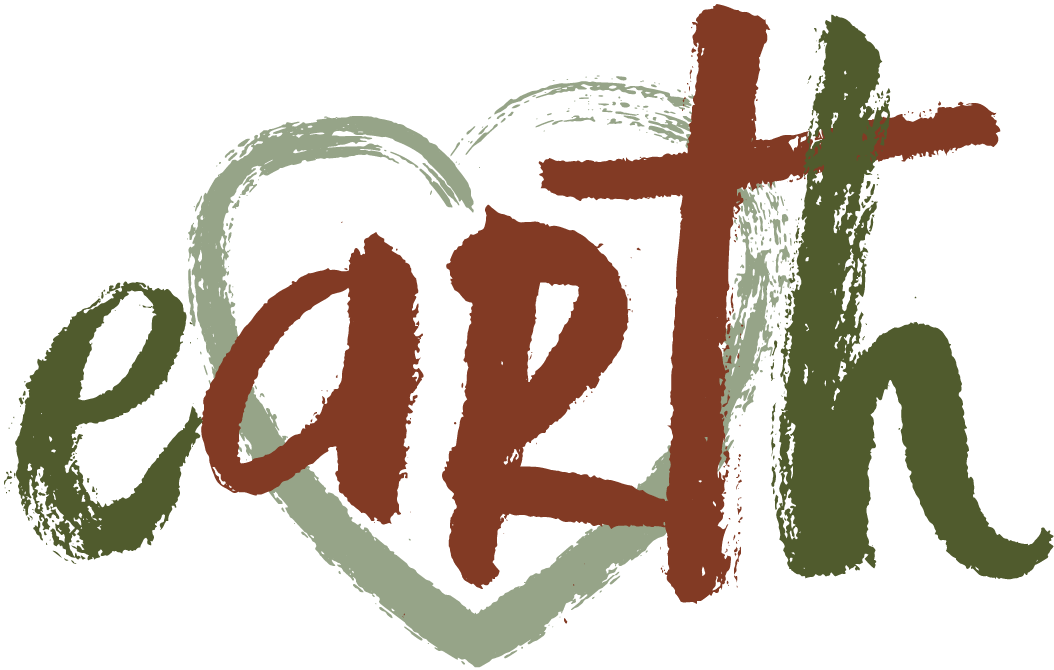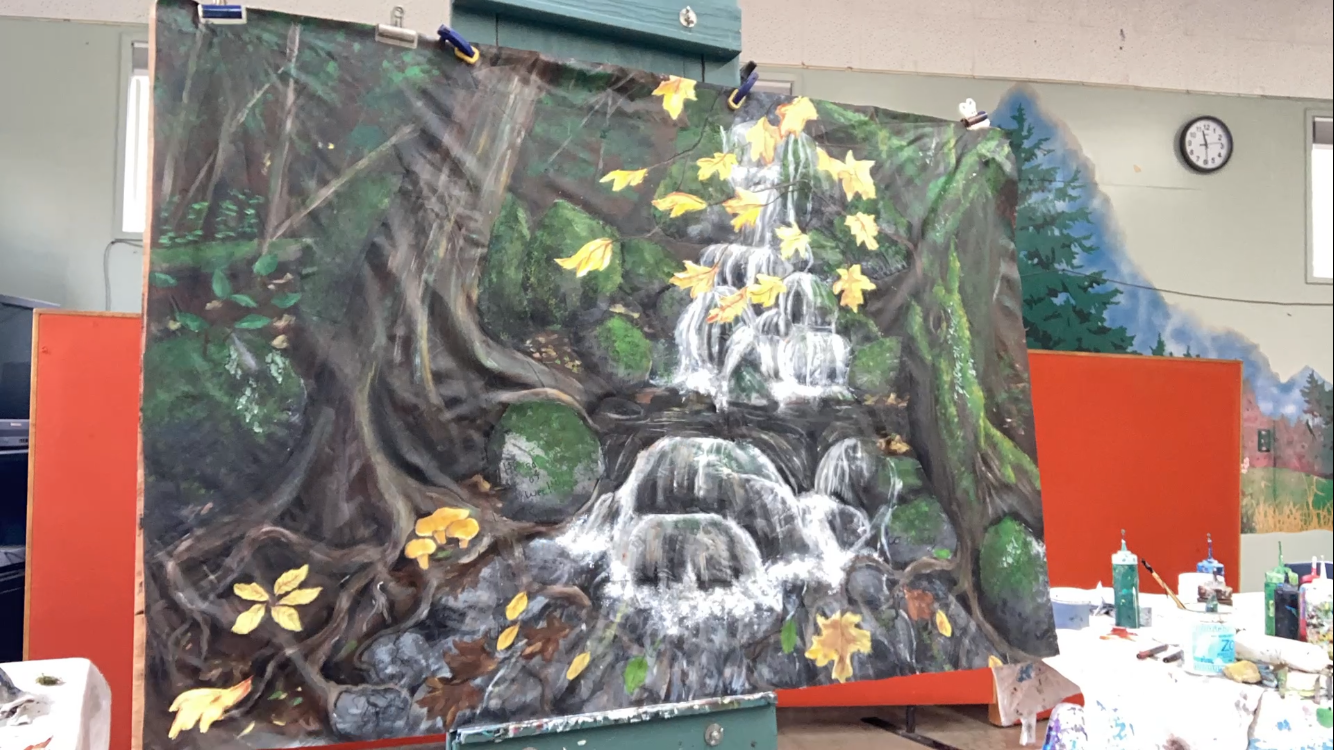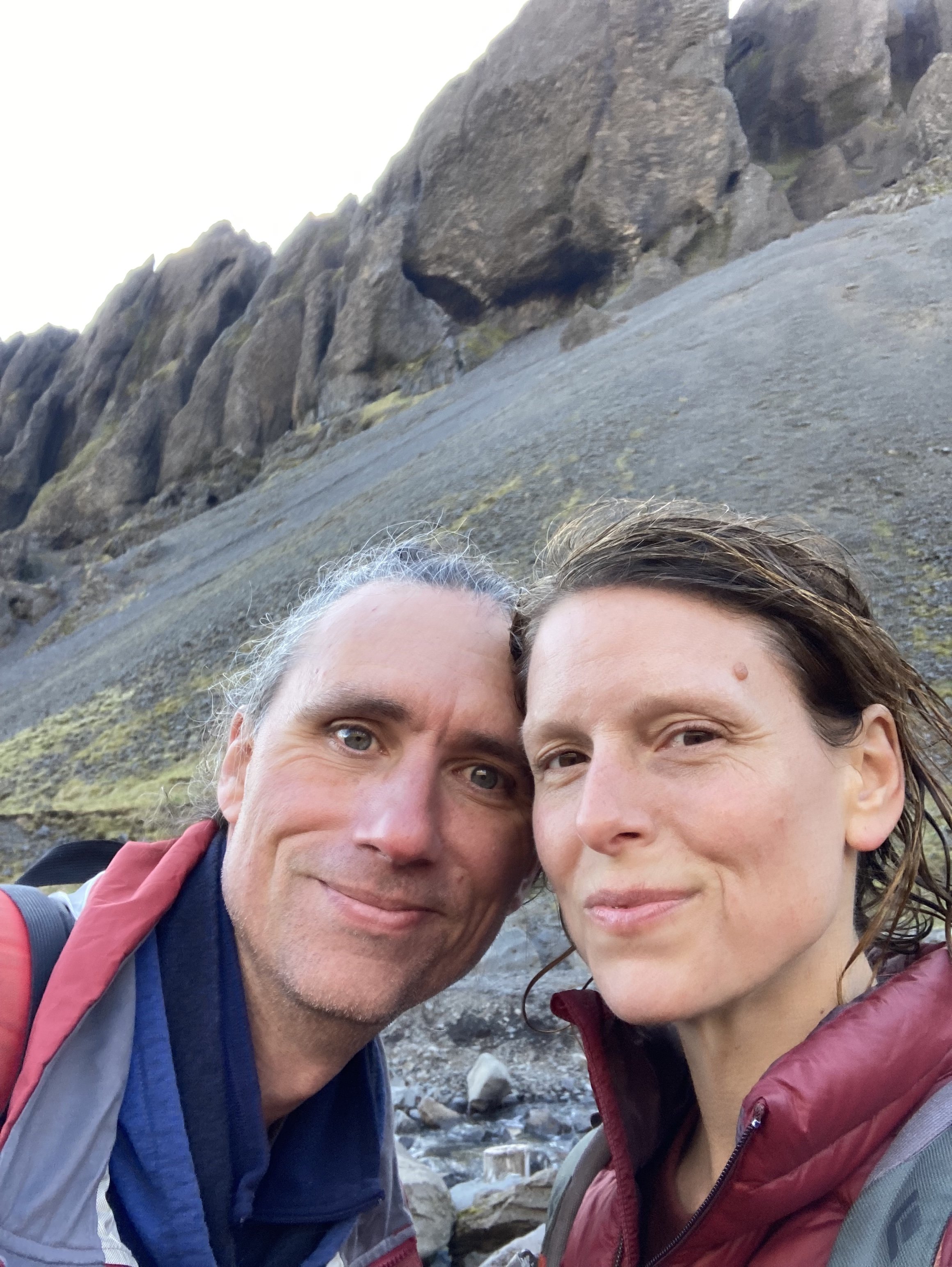7 Helpful Tips to Pitch Your Collaborative Art Idea
Collaborative art projects have the power to positively change the community they are produced in and the individuals who participate. In this article, I’d like to share with you the story of how I proposed and carried out a collaborative art project with a local organization, as well as share some helpful tips that will help you pitch your collaborative art idea to your own organization, agency, or school!
Here's a bit of background: I left my job with Thurston County to pursue art full-time back in 2014. Over the next six years I slowly grew my business, had a child, and learned how to balance my art business with mothering. Even though I was committed to my work as an artist, I kept my eyes open for interesting jobs. When a half-time position with the Thurston Climate Action Team (TCAT) opened, I decided to apply, was offered the job, and started working with them in March of 2020. My role was to support the upcoming Climate Conference and start up a Transportation Action Group. It had absolutely nothing to do with art. Creativity, yes. Art, no.
Things quickly shifted as we went into Lockdown for the Covid-19 pandemic 1 week after my start date. Just like the rest of the world, we had to quickly shift all our activities online. The conference was canceled, and we scrambled to continue doing our important work in an online format, starting with a series of online workshops.
Knowing that I hadn’t been hired as an artist, I hesitantly offered to lead a workshop on the Power of Collaborative Art, and my team agreed. As things often happen for me, this one workshop idea grew and blossomed until I envisioned the entire scope of a virtual Art in Action project—all in my mind, of course.
During my interview, I had assured TCAT that I could do the job at hand and keep my art practice outside of my work with TCAT. But with the pandemic, everything changed, and I knew that this project was the best opportunity we had at the time to engage our community and influence the writing and adoption of the Thurston Climate Mitigation Plan.
I gathered my talking points and presented my artful engagement idea to my supervisor and the board president, convincing them that this was the best use of my time, and TCAT’s budget. It took a lot of courage for me to present this idea, which was totally out of the box, in a way that they could understand and see the benefits of. Benefits included (but were not limited to): A creative way to engage participants in taking climate action, an incredible story, positive media attention, and the ability to stand out from others in the field.
They hesitantly agreed. With their support in finetuning my message and the input of multiple educators from other organizations and youth climate activists, the incredibly impactful Chrysalis Project: Transforming Together came to life. Participating in the project helped those involved to process through the difficult, scary emotions we were having at the onset of the pandemic. It also gave participants a powerful way to share their voice with elected officials. The end-result, in collaboration with other work that TCAT and certain council members and commissioners were doing, was that all four of our local jurisdictions passed the Thurston Climate Mitigation Plan and three of the four declared a Climate Emergency.
That was in 2020. As I continued to work with TCAT over the next few years, starting and facilitating a very effective Transportation Action Group and supporting TCAT’s other work, my role shifted more and more towards the arts. In 2021 I facilitated the Climate Justice Mural Project and started an Art in Action Group, creating all kinds of fun and engaging ways to do climate work. In 2022, my focus shifted entirely to art and my title officially changed to Lead Artist and Community Engagement Extraordinaire.
This was not the first time that I’d convinced a supervisor to support me in creating a collaborative art project that was waaaay out of the box. I did this twice while working for Thurston County. And today, I support people working in schools, organizations, and agencies to bring artful engagement strategies into their work.
Today, I am back to being a full-time artrepreneur. Through my business, Earth Art, I work with schools, organizations, and government agencies that are on a mission to create change. I support them in multiple ways, including:
Project Consultation.
Coaching individuals and groups on how to create change with collaborative art.
Facilitating Art in Action Projects and Campaigns (also known as Collaborative or Participatory Art Projects).
Speaking (and facilitating artful engagements) at events and conferences.
All that to say, if you are on a mission to create change in your own school, organization, or agency, I’d like to share 7 actionable tips that you can begin using today to jumpstart the process of your next collaborative art pitch!
1. Illustrate how the project aligns with the organization or school's mission, vision, and values.
Take your time and do some meaningful research about the entity’s guiding principles so you can work them into your pitch. You should already be pretty familiar with your employer’s culture, but you can find a lot of this information on their website as well. Always be sure to work their “why” into the reason behind this collaborative art project – how will it live out these desires and provide value to their work?
2. Demonstrate the project benefits to the organization.
Be sure to include tangible, real life examples of benefits that the collaborative art project would bring to the entity. Some of these examples are positive PR (public relations), potential awards, as well as employees or students engaging with real-world issues.
3. Highlight the collaborative nature of the project both within the organization and with other organizations as applicable.
Showcase how the art project would bring people together and allow for the entity to collaborate with other organizations or individuals, as well as experience a further sense of collaboration within their own walls.
4. Anticipate concerns.
Before you pitch, it’s important to be well informed and already have anticipated some of the concerns the entity may have so that you are equipped to address them (and present them ahead of time if necessary). Is their big concern to do with funding? Public perception? There may be a variety of scenarios that they would appreciate a breakdown of.
5. Present a cost-benefit analysis with a clear budget and ROI (return on investment).
This may help one of their major concerns: How much will the collaborative art project cost and what’s in it for them? Laying out the cost-benefit analysis early on in the process will give you a much better chance at convincing your entity in the long run. You will want to account for the entirety of the project within the budget, lay it out in clear terms, as well as showcase the figure for ROI (return on investment).
6. Propose a clear timeline with milestones and checkpoints.
Having a visual layout of the project timeline is also incredibly helpful to any entity you may be pitching to. Be sure to factor in typical roadblocks when projecting how long the project will take and present it to them in a realistic fashion.
7. Offer a Pilot or Phased Approach.
There’s two different ways that you can further demonstrate the value of your collaborative art project: offering a pilot or phased approach. With a pilot approach, you’d implement a smaller version of the full project – kind of like a trial, so the entity can sit with it and see if they’d like to move forward with the full-fledged scope. You can also buy some time by offering a phased approach, where the project is implemented in smaller chunks over a longer period of time, allowing the entity to budget and take their time, feeling less rushed.
If these tips were helpful, you won’t want to miss my upcoming Masterclass, Transforming Communities with Art: A Toolkit for Educators & Leaders. In this 3-day, virtual workshop, we will dig into the tools you need to ignite change in your communities with collaborative art, whether that is convincing your boss to support your project, hiring an artist collaborator, or figuring out where to begin! Hope to see you there.







